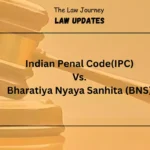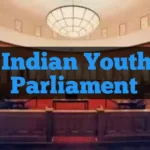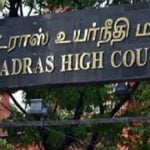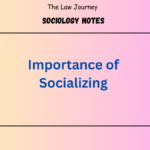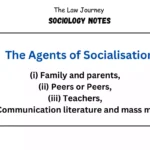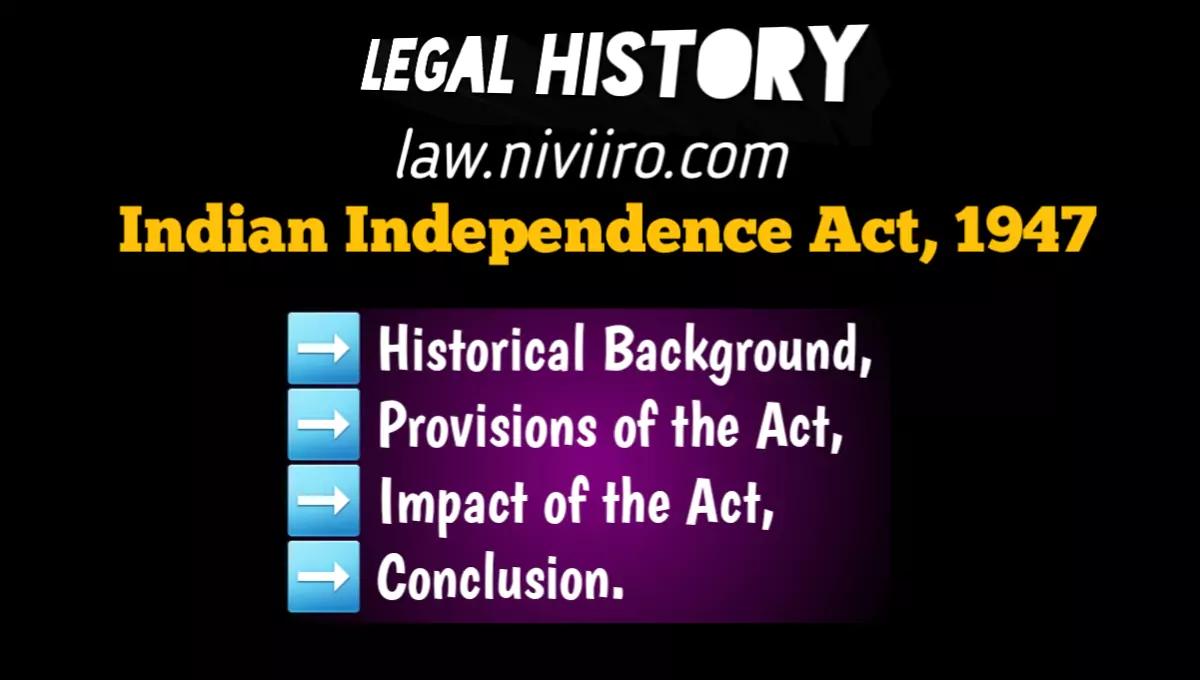The United Kingdom’s Parliament passed the 1947 Indian Independence Act, which partitioned British India into two new independent republics, India and Pakistan. On July 18, 1947, the Act received Royal Assent, and on August 15, 1947, India and Pakistan were founded, with the West (modern-day Pakistan) and East (modern-day Bangladesh) territories.
Historical Background of the Indian Independence Act 1947
- Attlee’s Proclamation Clement Attlee’s Labour government drafted the legislation. It is entirely based on the Mountbatten Plan, also known as the 3rd June Plan, which was developed after the leaders of the Indian National Congress and the Muslim League agreed to Viceroy Lord Mountbatten’s ideas.
- On 20 February 1947, the Prime Minister of the United Kingdom announced that the British Government will provide self-government to British India by June 1948 at the latest.
- 3 June Plan: This was also known as the Mountbatten Plan.
- The British authorities proposed a plan introduced on three June 1947 that The Indian Independence Act 1947 turned into the implementation of the 3rd June Plan. The Act determined that India and Pakistan would get independence on August 15, 1947.
- The Boundary Commission might draw the new boundaries of the dominions. The British suzerainty over the princely states ended. These states must decide whether to join both India and Pakistan or to remain independent. Over 560 states are adamant in joining India.
Provisions of the Indian Independence Act 1947
- On August 15, 1947, British authority fled India.
- India will be partitioned into two independent provinces, India and Pakistan, with each state becoming sovereign on this day.
- The powers previously wielded by British authority in India might be handed to each of those states.
- Punjab and Bengal will be partitioned, and their borders will be drawn by a commission led by Mr. Redcliff.
- The position of Secretary of State for India will be abolished.
- The Queen of England was to appoint a Governor-General for each territory, who would be selected by the Queen of England on the exhoration of the Dominion/government. He was not to act on his own discretion or judgement, but only as the constitutional head of the state.
- To establish the regulations, each Domain must have its own legislature. No British Parliament Act will automatically apply to India.
- Both countries will have a Constituent Assembly that will also function as a legislative body.
- It will follow the 1935 Act as closely as practicable until a Constitution is drafted by a Constituent Assembly in any dominion.
- Provincial governors will serve as the provinces’ constitutional heads.
- The practise of reserving Secretary of State positions should be abandoned. Government employees who wish to quit following the transfer of authority to both dominions must do so.
- The British rule over India’s states and tribal regions will end on August 15, 1947. In this instance. Power will not be passed to dominions, but rather to states, who will decide whether to join India or Pakistan.
- The UK government’s connection with India will now be controlled by the Office of Commonwealth Affairs.
- The title of King and Emperor of India was surrendered by the King of England.
- East Bengal, West Pakistan, Sindh, and British Baluchistan are all Pakistani areas. If the NWFP votes in a referendum to join Pakistan, this territory will also join Pakistan.
Impact of the Indian Independence Act 1947
The Indian Independence Act of 1947 was a watershed moment in constitutional history. It was “the accomplishment of the British mission” in India, as Attlee described it. “the conclusion of a protracted series of events”
In the House of Lords, Lord Samuel described the Law as “a peace treaty without war.” Even Indian authorities applauded the passage of this Act. Dr. Rajendra Prasad, for example, stated that British dominion over India ends today and that our relationship with the UK will be maintained on the basis of equality, kindness, and mutual understanding.
The law signalled the start of a new period of free India, although many people and leaders were dissatisfied with it. As Maulana Abul Kalam Azad commented: “August 14 for Muslims in Pakistan is a day for Hindus and Sikhs, it is a day of mourning. The termination of British authority over Indian states, whether through accession to the Dominion or independence, poses a severe threat to the unity of the states in India,Nation.
Despite these flaws, it is impossible to deny that the Indian Independence Act of 1947 signified the end of British control in India and the beginning of a free India.
Conclusion
The Indian Independence Act of 1947 was a significant moment in constitutional history. The law heralded the start of a new period of freedom in India, although many people were dissatisfied with it. Despite these flaws, it is impossible to deny that the Act effectively ended British rule in India.
Related Post
Refrences Book
- M.P. Jain, Outlines of India Legal History
- M. Rama Jois, Legal and Constitutional History of India
- A.B. Keith, Constitutional History of India
- V.D. Kulshrestha, Landmarks in Indian Legal History
- Rankin G.C. Background to Indian Law
- Indian legal and constitutional history by Dr. N. V. Paranjape

